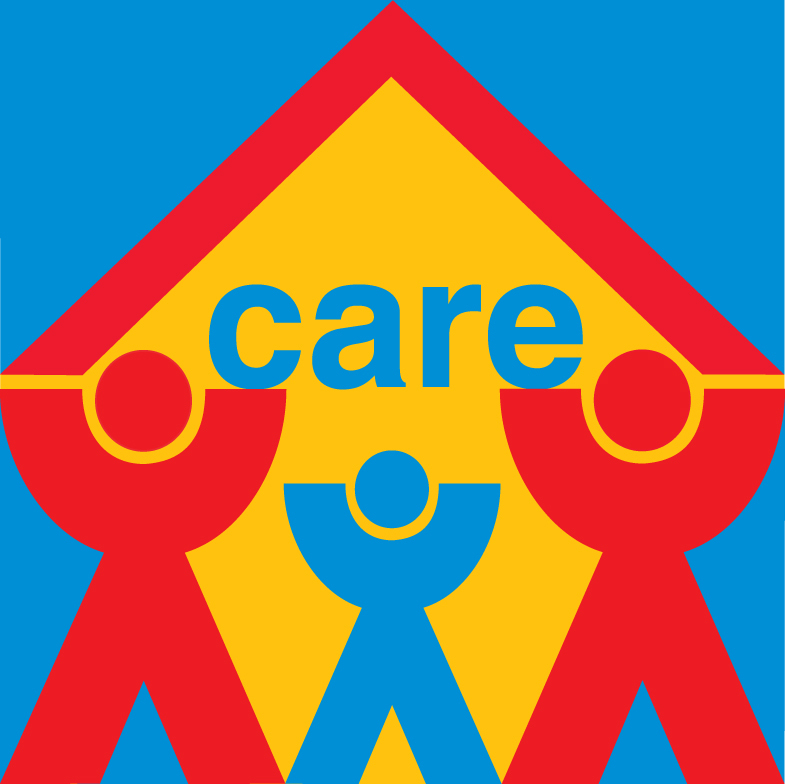Ranch Ehrlo’s clinical team provides a variety of therapeutic services to enhance the social and psychological well-being of our clients.
Over the next three blog segments, our guest bloggers will explain the processes and benefits of speech/language pathology, occupational therapy, art therapy, and animal therapy.
This week, Speech Language Pathologist Terrea Woodward-Friesen talks about what she does to provide therapeutic programming to youth and adults at the Ranch.
Speech and Language Pathology
 My main area of concentration at the Ranch is communication. I work with some of the residents on their actual speaking skills as some residents may substitute or omit sounds in words when they are speaking— this makes them more difficult to understand. I work with the resident, as well as the educational and residential team, to reinforce the skills I am teaching. When residents can improve their production of speech sounds they are easier to understand, their frustration and anxiety lessens, and their self-esteem improves.
My main area of concentration at the Ranch is communication. I work with some of the residents on their actual speaking skills as some residents may substitute or omit sounds in words when they are speaking— this makes them more difficult to understand. I work with the resident, as well as the educational and residential team, to reinforce the skills I am teaching. When residents can improve their production of speech sounds they are easier to understand, their frustration and anxiety lessens, and their self-esteem improves.
The second area of priority is augmentative or alternative communication. Many of the residents in the Programs with Developmental Disabilities cannot speak or have limited verbal expressive abilities. With observations and assessments, I consult with staff and we decide upon a communication system that will best suit the resident. This can involve sign language, the Picture Exchange Communication System (PECS), visuals and low or high technological systems. A majority of the time we devise many visual systems for the clients (either board maker pictures or photographs)to construct visual schedules, first-then boards, social stories and visuals for choice making and everyday routines. For the individual who cannot communicate verbally having an alternate system of communication is life changing. Can you imagine never being able to request what you want, say no, comment on what is happening or sharing your feelings? When a resident begins to use alternative systems of communication it is a profound experience and helps to make their school, vocational, home and community lives so much better. It helps the residents to become more independent, to make choices and to improve their feelings of self-worth because they are communicating with others.
I also do feeding and swallowing assessments with residents as well. Lisa Brownstone (occupational therapist) and I do the feeding and swallowing assessments together. As she is assessing body positioning, trunk control and dexterity with the fingers and ability to use utensils effectively, I assess the chewing process, rate of eating, portions and swallowing. This area is vitally important as it is an issue of safety. Many clients have a feeding and swallowing plan as they have a choking concern. There is also the issue of silent aspiration (choking). Frontline staff need to be aware if this is the case, and a feeding protocol needs to be developed and shared with all staff.
The hearing area is another area where I provide support. I accompany residents to their hearing appointments and provide explanations that everyone can understand. I also recommend and attend appointments with staff when the resident has an appointment with an Ear, Nose and Throat (ENT) specialist.
I also provide assessment and support for the residents in the area of language. When working with clients with developmental disabilities we primarily focus upon developing functional communication skills through hands-on and concrete activities in their environments. The more the resident can improve their language skills the better they will be able to function in their school, vocational, residential and community environments. I also work on the pragmatics of language or the social aspect of language. I provide programming for the educational and residential programs and help support staff with teaching social skills to residents.


